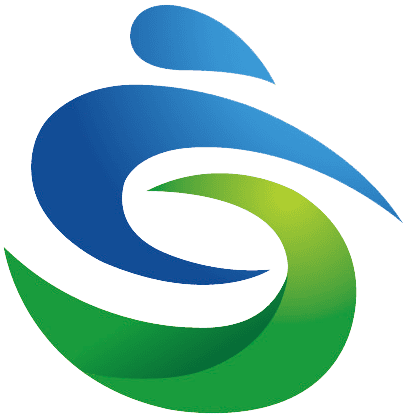For beverage producers, choosing the right carbonated soft drink CSD filling machines involves balancing performance needs with budget considerations.
Key Factors That Shape CSD Filling Machine Prices
1. Production Capacity Requirements
Your daily output needs will significantly impact equipment costs:
- Small-scale operations (1,500-3,000 bottles per hour): These entry-level systems typically range from
7,000 to 15,000, ideal for craft producers or startup brands.
- Mid-range production (4,000-8,000 bottles per hour): Prices here vary more widely, from
17,000up to 200,000, depending on features and automation.
- Industrial-grade lines (10,000+ bottles per hour): Large-scale operations require heavy-duty equipment, with costs starting at
200,000andexceeding 1 million for high-speed, fully integrated systems.

2. Automation Levels
The degree of automation directly affects both upfront costs and long-term operational expenses:
- Semi-automatic models reduce labor requirements by approximately 30% compared to manual filling processes, offering a good balance between cost and efficiency.
- Fully automated systems, especially those with robotic palletizing and integrated quality control, typically command 40-60% higher prices than semi-automatic alternatives but deliver significant labor savings over time.
3. Technology and Special Features
Advanced capabilities add to base prices but often provide long-term value:
- Pressure-sensitive filling technology, essential for optimal CO₂ retention in carbonated drinks, can add around $12,000 to standard machine costs.
- Multi-head rotary systems increase production throughput by about 25% compared to linear fillers, justifying their higher price point for many operations.
- Built-in Clean-in-Place (CIP) systems, which simplify maintenance and improve hygiene, generally add 8,000−15,000 to the purchase price.
Additional Pricing Influencers
Raw Material Costs
Stainless steel is a primary component in food-grade filling equipment, so market fluctuations in metal prices directly impact manufacturing costs and, consequently, equipment pricing.
Regulatory Compliance
New energy efficiency standards, particularly in the EU, have increased costs for compliant machines by 5-8% as manufacturers implement more efficient motor systems and energy recovery technologies.
Customization Needs
Specialized requirements can add to base prices:
- Brand-specific bottle molds or sizing adaptations: 3,000−8,000
- Specialized capping systems for unique closures: 5,000−15,000
Geopolitical Considerations
Import tariffs can increase costs by 15-25% in certain markets, while local content requirements may influence both pricing and equipment design choices.
The True Cost of Used or Refurbished Equipment
While used or refurbished machines may seem like a budget-friendly option, hidden costs often offset initial savings:
- Shorter lifespan: Expect 30-50% less service life compared to new equipment, with many critical components approaching the end of their rated cycles.
- Obsolete technology: Older machines may lack modern safety features and often can’t meet current industry standards or production protocols.
- Higher maintenance costs: Finding replacement parts for older models becomes increasingly difficult, leading to 60% higher annual maintenance expenses on average.
- Production risks: Used equipment typically experiences 25% more downtime incidents and offers less precise filling (±3% variance compared to ±1% with new machines).
- Limited warranties: Most used equipment comes with only 90 days of warranty coverage, compared to 1-2 years for new machines, with many wear-and-tear components excluded entirely.
When evaluating CSD filling machines—whether comparing different models or considering alternatives like juice filling equipment—focus on these critical factors:
- Total cost of ownership over a 5-7 year lifecycle, including maintenance, energy use, and labor.
- After-sales support availability in your region, as timely service can significantly reduce downtime.
- Expansion capabilities through modular designs that allow for future upgrades as your business grows.
For accurate pricing, always request personalized quotations based on your specific beverage formulations. Arrange factory audits and trial runs to verify performance. Remember that the most expensive option isn’t always the best—calculate return on investment based on your unique production volumes and product characteristics to find the optimal solution.

